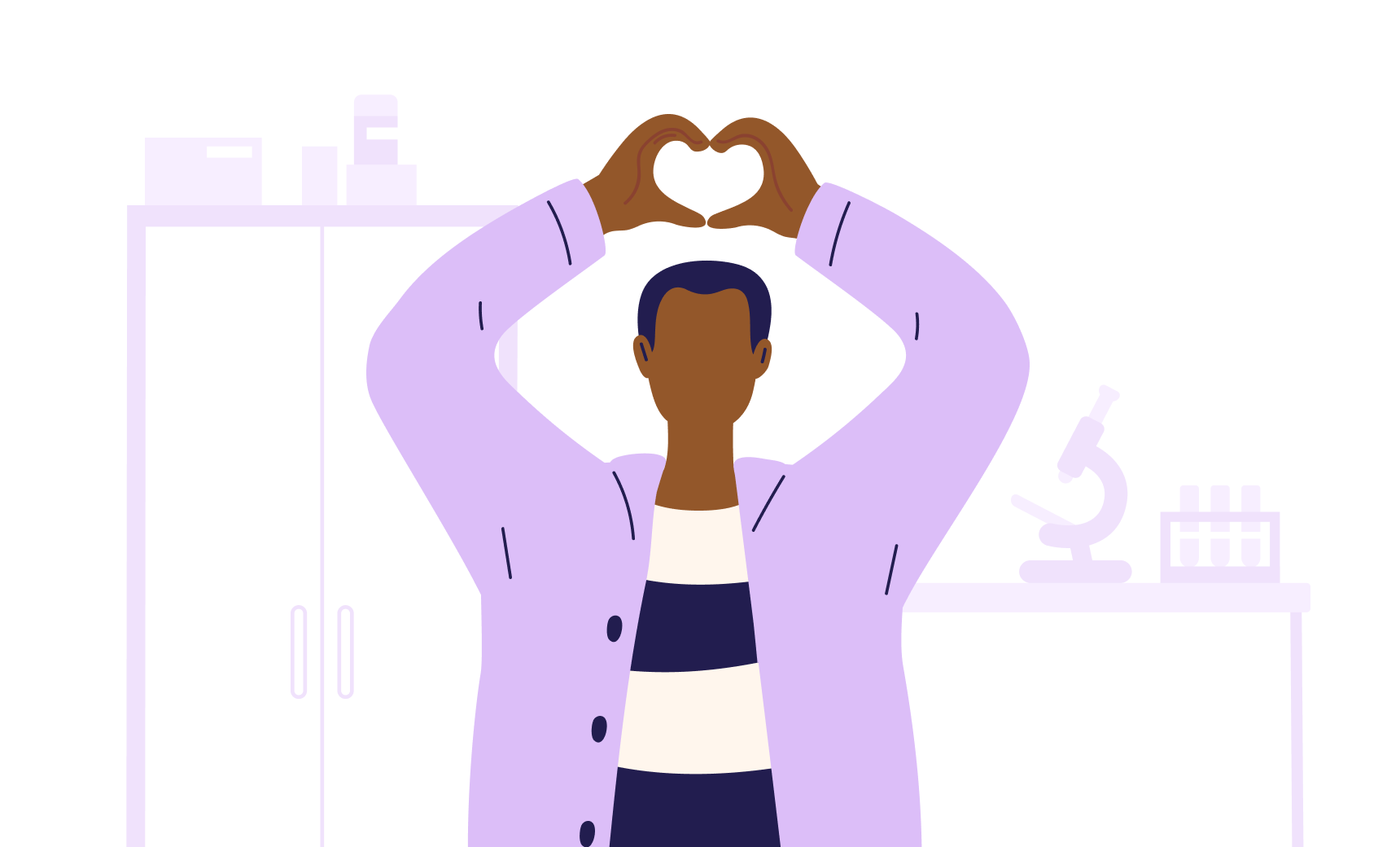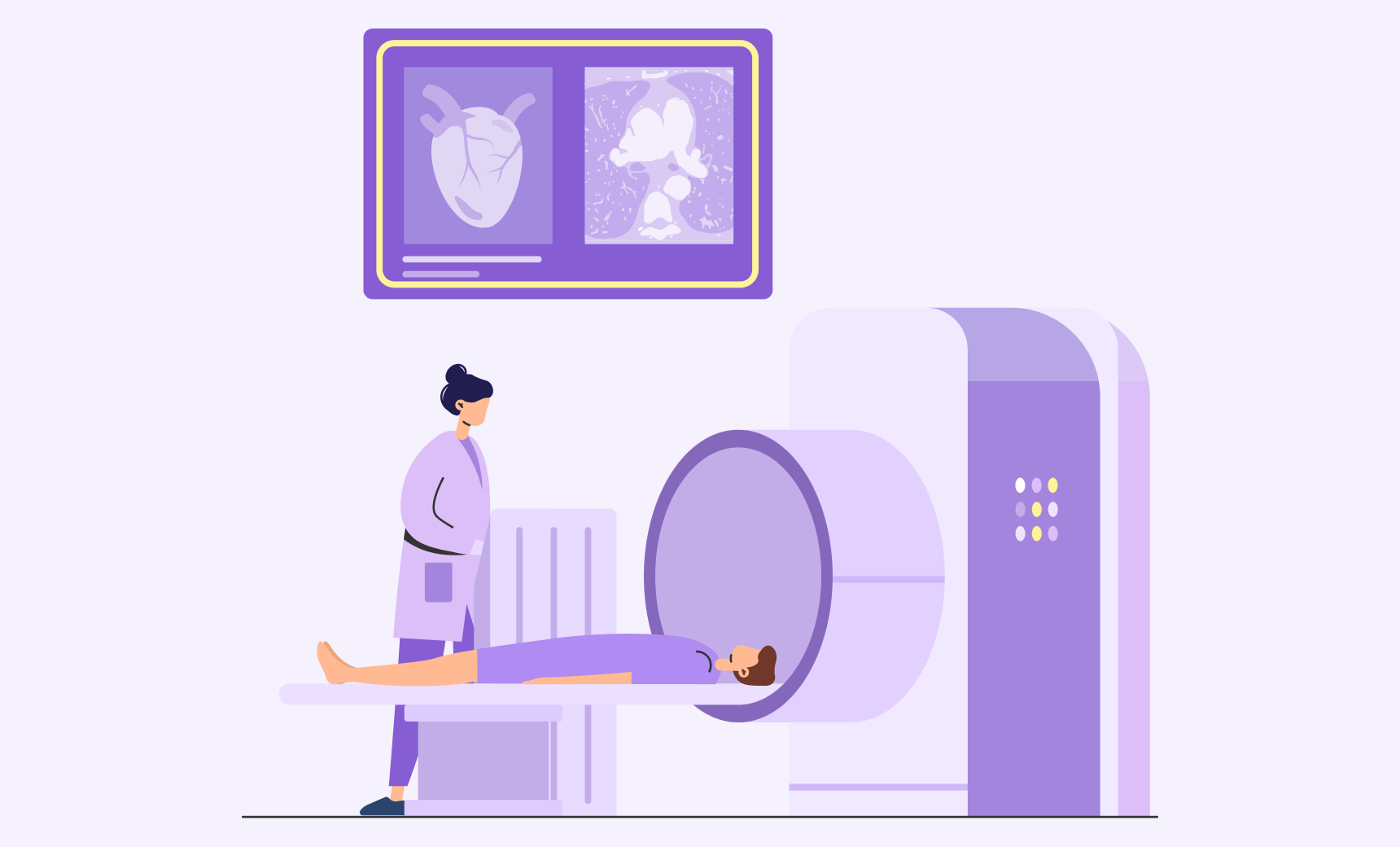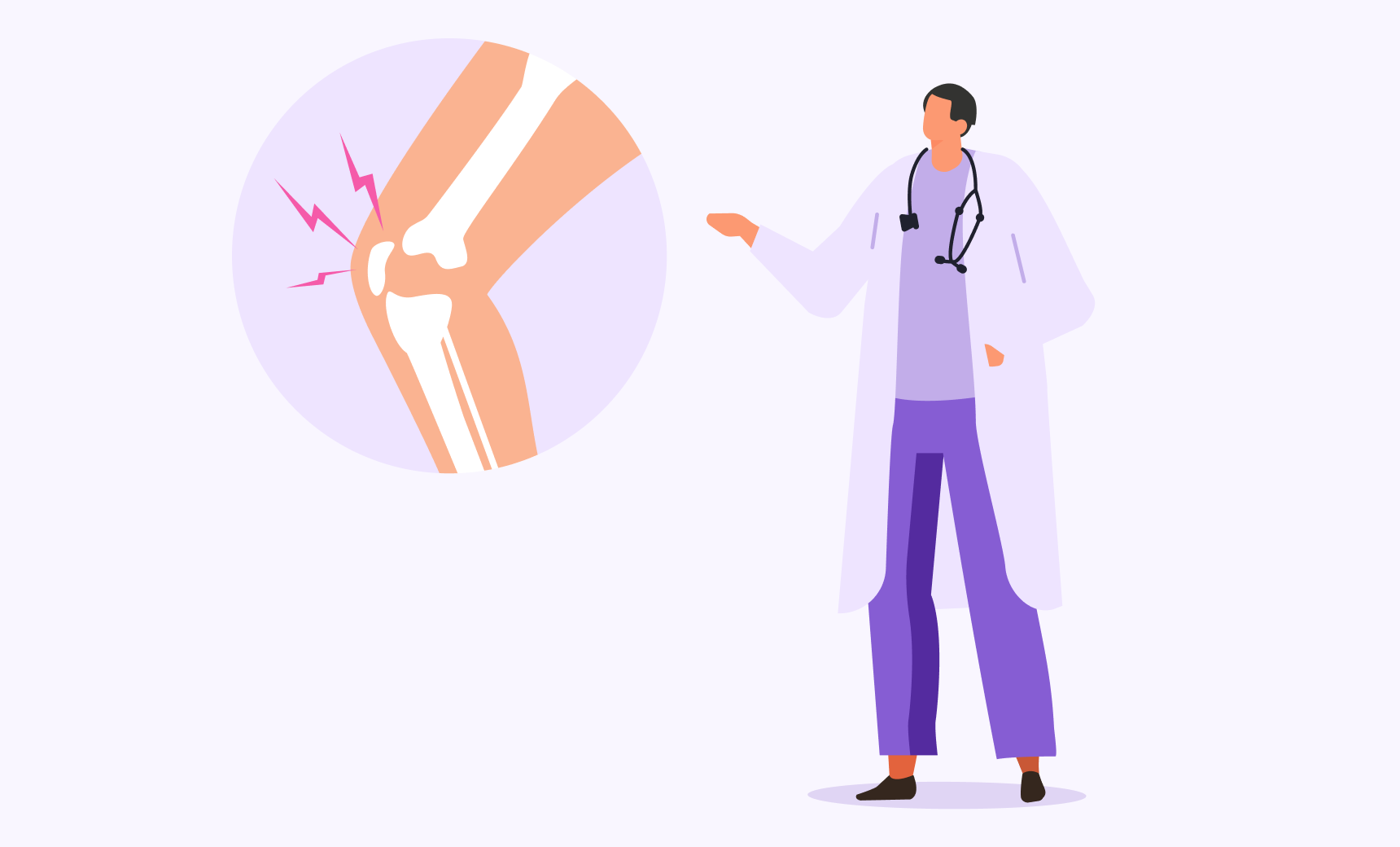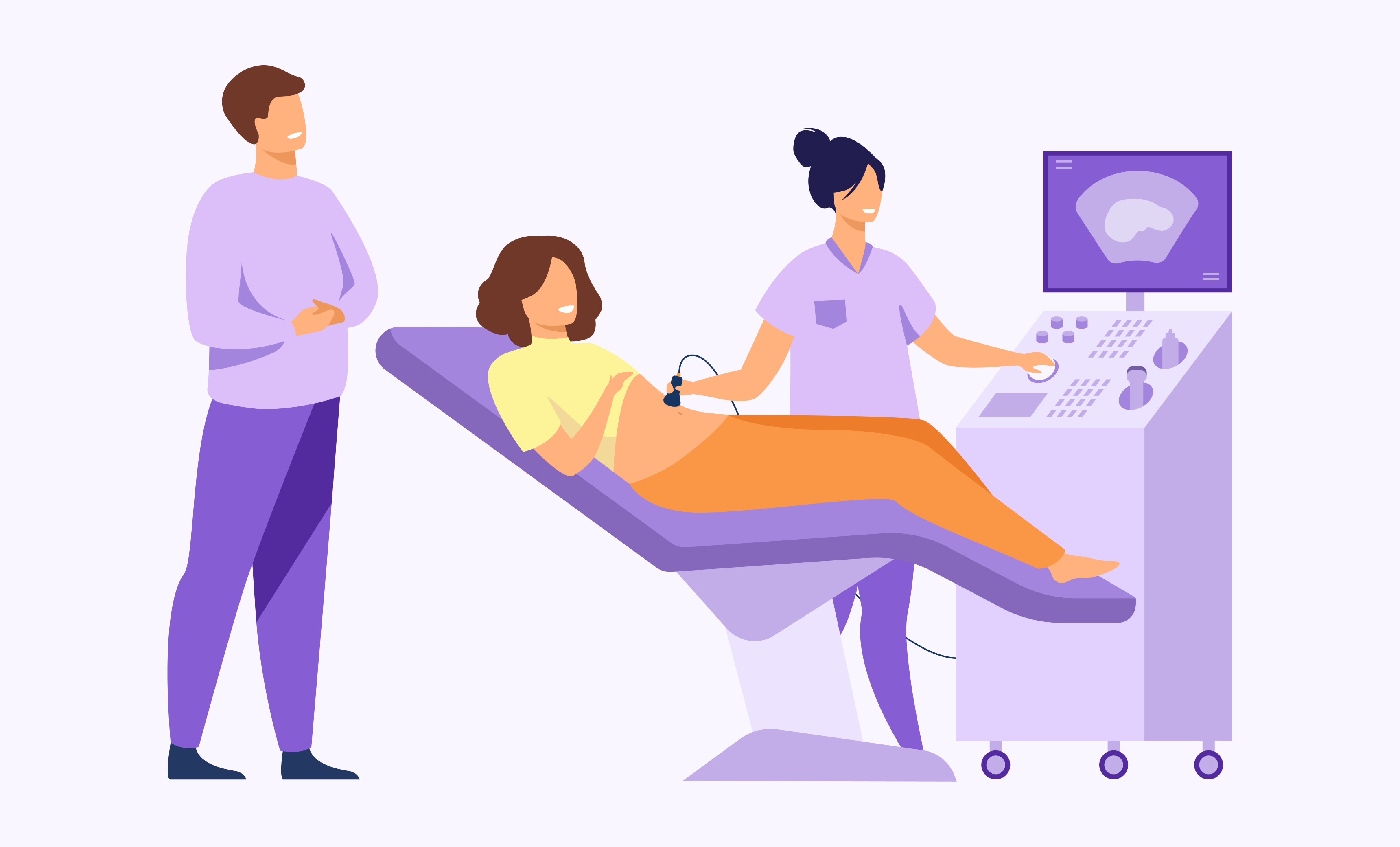
The 1-2-3 of STD Tests
What you need to know before, during, and after STD tests.
As a kid, you may have gotten “the talk” about the birds and the bees. But what about the birds and the bees and…the STDs? Just as sex is part of life, so are sexually transmitted diseases (STDs) and sexually transmitted infections (STIs).
Many people have or have had an STD or STI without knowing it. The CDC reports that a whopping 1 in 5 people have an STD. Think of it this way—if you spend a day out interacting with dozens of people through public transportation, the office, or getting a meal at a restaurant—statistically speaking, you’ve interacted with someone who has an STD. Heck, there’s a good chance that, if you’re sexually active, you may have one or will get one in your lifetime. After all, STDs like gonorrhea and chlamydia, which is the most commonly reported STD in the United States, can be asymptomatic. And STDs can also be contracted from blood transfusions, shared needles, during pregnancy, or during childbirth.
STDs are becoming destigmatized, which is good because regular testing for you and your partner(s) is the best way to stay healthy. Though protection, such as condoms or dental dams, can reduce the risk of STDs, no form of protection is 100% safe.
The good news is that most STDs can be cleared up and, with early detection, there’s a great chance of successfully treating it and avoiding complications.
If you’re sexually active, here are the three things you need to know about the before, during, and after of STD testing.
Before—How to know it’s time to get an STD test
Testing is recommended at least annually for those who are sexually active. If you engage in high-risk sexual behavior, have symptoms of an STD (such as itching, burning, or a rash), or have engaged in sexual activity with someone who has tested for an STD, get tested sooner. And, if you’ve recently undergone treatment for an STD, your doctor will likely recommend you get tested again as a follow-up.
Don’t think you need an STD test? Get tested regularly anyway. STDs can exhibit a variety of symptoms, some of which mirror those of other diseases or afflictions. For instance, many STDs seem flu-like with a sore throat, swollen glands, and muscle fatigue. Others have no symptoms at all. For example, most men who contract HPV never develop symptoms, but it’s still possible to pass the infection on to another person. Without testing, you won’t be able to get proper treatment and may unwittingly transmit the disease to your sexual partner. And, when talking with your doctor, be honest about your sexual history so you can get the tests and treatment you need.
During—What getting tested is like
Feeling worried about the test itself? Don’t be! The good news is that tests are quick, easy, and often pain free.
Blood, urine, and swab tests can be used to diagnose different kinds of STDs. You can get tested at the doctor’s office, a community health clinic or health center, or at the public health department. LabFinder also offers scheduling tools so you can find available STD and STI tests near you.
Worried about the cost? There’s options. Payment depends on where you get your test, what test you’re getting, and whether you’re covered by health insurance. Health insurance may fully or partially cover STD tests, and testing may be free or low cost with Medicaid and other government programs. Health departments and health centers, such as Planned Parenthood, also offer free and low-cost tests.
Blood tests
A complete STD blood test panel checks for a range of STDs, including HIV, hepatitis, and syphilis. Blood is taken from your arm or from a quick finger prick. This test provides a fairly quick turnaround, usually 3 to 5 days, and does not require any fasting or other preparation.
Urine tests
Patients will provide a sterile sample of urine to diagnose STDs like trichomoniasis (trich) and gonorrhea.
Swab tests
A provider will swab from the site of infection—typically the vagina, cervix, penis, urethra, anus, or throat. This test is used to diagnose herpes, HPV, gonorrhea, and chlamydia, gonorrhea. A cheek swab may also be used to check for HIV.
Physical exam
A doctor will check your body for sores, rashes, irritation, discharge, or warts. If you have developed any sores or blisters, they may take a sample from the fluid with a swab.
At-home tests
Some at-home tests are available for chlamydia, trichomoniasis (trich), gonorrhea, syphilis, hepatitis C, and some other STDs. Typically, the test will require pricking your finger for a drop of blood, using an oral swab, or collecting a urine sample.
3) After—How to handle a positive test result
If you receive a positive test result, follow advice from your doctor. That may include treatment protocols, prescriptions for short and/or long-term medication, tips on how to avoid spreading the STD, and recommendations for follow-up testing.
Tell any sexual partners about your diagnosis so they can be evaluated and treated, too. Having that conversation might seem scary, but it’s the responsible thing to do. You’ve taken the right steps to protect your health, so extend that knowledge to others so they can get proper treatment.
After being diagnosed, you may feel angry or embarrassed—that’s completely normal. Sex and relationships can be complicated, which means getting STD results can be complicated, too. The good news is that STDs are very common. Millions have experienced what you’re going through, and there are resources to help you figure out the next steps. Talk to your doctor about the best way forward. And consider speaking with a counselor, therapist, or support group to work through any complicated feelings and hard conversations.
Have questions about STD/STI tests? Or are there other topics you think we should cover? Drop us a line at illuminator@labfinder.com.





The LabFinder Editorial Team is behind The Illuminator and The Insider, LabFinder’s consumer and business blogs.
Dr.Robert Segal
Dr. Segal is CEO and co-founder of LabFinder, as well as a board-certified cardiologist. He began practicing medicine in 2002 and has founded several businesses, including Medical Offices of Manhattan and Manhattan Cardiology.